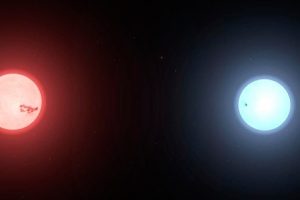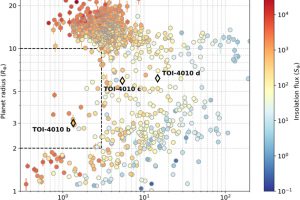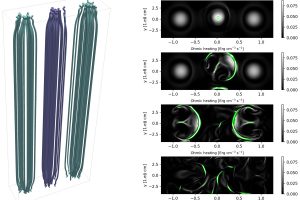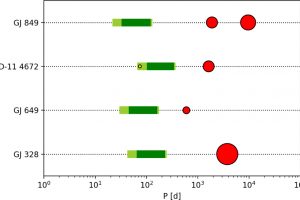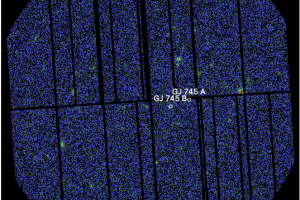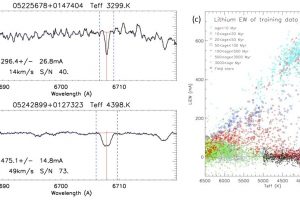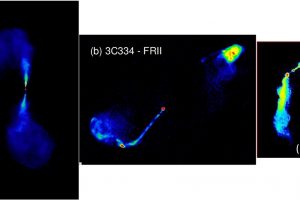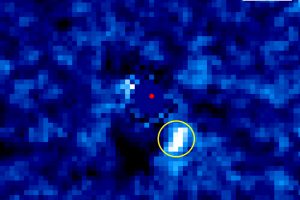Formation and evolution of the complex planetary system of V1298 Tau, described in the study: “The GAPS programme at TNG. XLVIII. The unusual formation history of V1298 Tau” of D. Turrini (INAF – OATo)
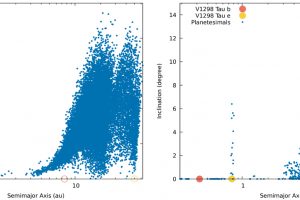
The study of the exoplanets orbiting around young stars (e.g., younger than a few tens of million of years) offer the important opportunity for studying the early evoalutionary phases of those processes that shape the architecture of planetary systems. However, it is quite difficult to detect and study exoplanets around young stars, because of their low number, the complexity of their
» Read more
